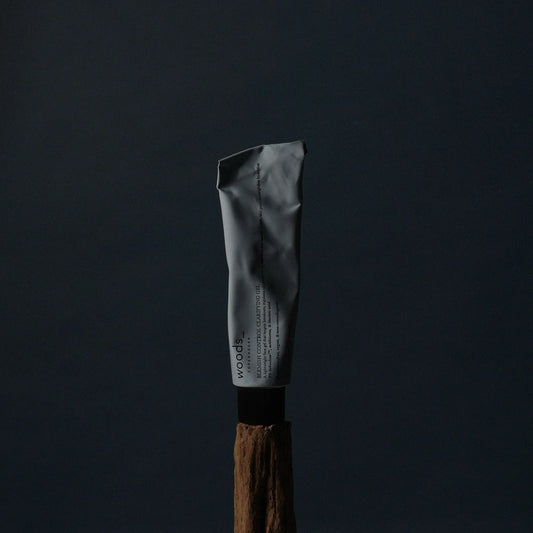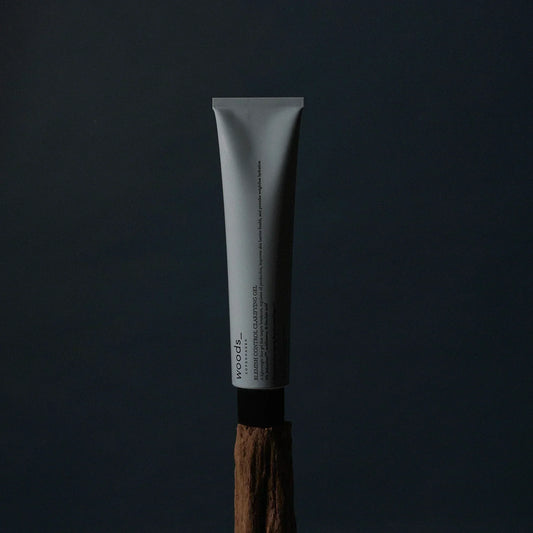Retinoid's identity card
Retinoids are oil-soluble molecules that diffuse from your skincare into skin cells, where they will work their magic. The mechanism is quite complex, but let's try to break it down.
Inside skin cells, retinoids bind to their specific receptor, initiating a chain of responses that lead to proliferation of new cells.
In other words: When the retinoids bind with the receptor, a chain of intra-cellular (meaning located within the cell) messages begin, which triggers cell production. By accelerating the skin’s cell production, a new load of fresh skin cells can reach the surface, enhancing a radiant and vibrant complexion. Meanwhile, fine lines and wrinkles will look smoother, and overall skin-tone will appear brighter.
Retinoid's family
Retinoids do not all have the same ‘power’. Scientifically speaking, different vitamin A derivates have different retinoid‐like activity. This means that every retinoid derivative is different in terms of strength, which often translates into the efficacy the derivative can offer the skin.
In general, the strength of a skincare active is linked to how much of it will actually diffuse into skin cells. This process, which is called penetration, not only depends on the specific characteristics of the ingredient, but also on the condition of the skin where it has been applied. Very broadly, we could say that the higher the amount of active ingredient that reaches skin cells, the more powerful its effect will be.
However, for retinoids, the game is harder. This is because penetration is only the first step of a longer journey. In fact, once topical retinoids have reached skin cells, they can’t work their way as they originally are. Instead, they must be transformed into retinoic acid which is the active form of vitamin A that directly interacts with the receptors in our cells to bring about changes. The higher the amount of steps required for this transformation is, the less powerful the active will be. This is because a small amount of product will be lost in inactive or waste molecules at every reaction. The retinoid‐like activity after skin application increases in the following order: retinyl esters << retinol < retinal < retinoic acid.
Fortunately, the efficiency of a skincare product doesn't always equate to better results, especially when it comes to retinoids. Vitamin A and its derivatives are dynamic molecules, which means they can have a strong impact on your skin, but they require proper use to avoid any potential irritation.
As mentioned earlier, the potency of retinoids is closely tied to how effectively they transform into retinoic acid. The slower this transformation occurs, the gentler the product will be on your skin.
To ensure the safety of consumers, especially those with sensitive skin, the European Union has imposed some restrictions on the use of retinoids in cosmetics that are available for individual purchase. This decision aims to prevent any unexpected and potentially harmful reactions. The European Scientific Committee on Consumer Safety (SCCS) conducted an extensive study on the safety of retinoids and concluded that vitamin A derivatives are safe to use in skincare products up to a concentration of 0.3% retinol equivalent.
When incorporated into products at this moderate concentration, vitamin A can offer numerous benefits to your skin. It works at a deep cellular level to reduce premature aging signs, balance sebum production, and improve pigmentation stability. As a result, it has become a popular ingredient in the world of skincare!
You can experience these skin-enhancing effects with our Vitamin A Treatment Cream, which contains 0.3% of this enriching ingredient. Feel free to visit our website or check out our Instagram to see the remarkable improvements it has brought to our customers' skin.
Cosmetic retinoids vs prescription retinoids
We have looked into retinoids in general, and we’ve established that they are completely safe to use as long as your product’s ingredient list follows the mentioned precaution – so now, we can dig deeper into the different kinds of vitamin A derivates.
Prescription retinoids can be purchased upon medical prescription to treat skin diseases such as acne, psoriasis, and actinic keratosis. Tretinoin (retinoic acid), isotretinoin, acitretin, and tazarotene are all molecules considered as medical, and they, therefore, belong to the therapeutic retinoids. As retinoic acid (tretinoin) is the active form responsible for skin improvement, it doesn’t have to be transformed, but it can take effect immediately as it is. Of course, this also means that it contains intense powers, which can be harsh for the skin. Furthermore, it also has potential side effects and, therefore, more precautions need to be taken with this one.
Cosmetic retinoids are vitamin A derivatives that require ‘activation’ within skin cells. They are expected to prevent premature signs of aging and photoaging, to counteract oxidative stress, and improve acne. These effects are due to the fact that retinoids seem to play a role in the aging process of the skin.
Retinyl esters, retinol, and retinal are derivates of vitamin A that can be used in cosmetics as active ingredients. Retinyl palmitate especially is widely used in skincare because of its stability. It is the ester resulting from the reaction between vitamin A and palmitic acid, which we use in our Vitamin A Treatment Cream. This powerful cream boosts skin regeneration, speeds up cell renewal, and targets fine lines, wrinkles, blemishes, scarring, and hyperpigmentation thanks to the power of vitamin A, infused with other enriching ingredients like Nordic nutrients and ceramides.
As all retinyl esters go through at least three steps to be converted into retinoic acid, they are gentler on the skin but still effective. This means that you get all the numerous rejuvenated effects without irritating the skin.
Sources:
- Cosmetic Dermatology: Products and Procedures - Zoe Diana Draelos (2022)
- Opinion on Vitamin A - Scientific Committee on Consumer Safety (2022)
Related Products
More posts
-
3 common myths about dry skin – debunked
It’s itchy, it’s uncomfortable, and it’s unwanted. Dry skin can seem like a curse, which is why we want you to avoid pitfalls that can potentially make it worse. Get...
Read more -
Adult acne: from cause to treatment
While many associate acne and blemishes with the turbulent teenage years, the reality is that many adults continue to grapple with breakouts well into their 20s, 30s, and beyond. But...
Read more -
Skincare for teens: a step-by-step guide
Navigating skincare as a teenager (or honestly, just as much as an adult) can feel like a maze. In this digital age, we’re constantly flooded with the newest trends and...
Read more
- Choosing a selection results in a full page refresh.
- Opens in a new window.




